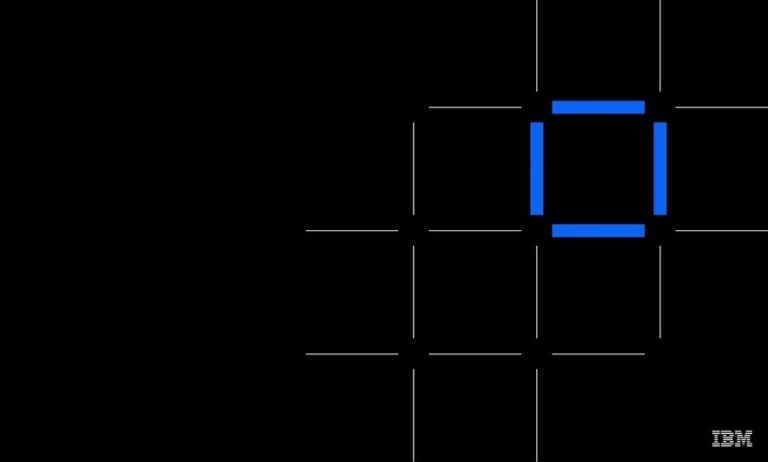Salesforce wants to use blockchain to limit the number of spam-mails. The company submitted an application to the American Patent and Trademark Office on Tuesday. The patent also includes the concept that the company has come up with.
The system “can help ensure that a message and its attachments are not modified during their journey over a network”, according to the patent. “Message systems are often abused and used to spread unwanted messages – or other network traffic – which is generally called spam.
There are already spam filters to prevent this as much as possible, but sometimes they also send real e-mails to the spambox. According to the patent, a blockchain platform can reduce the number of real messages sent to the spambox.
Operation
The system works by using a series of email servers to decide if something is a real, original email and not spam. Once that has been decided, it is stored on a blockchain. Second mail servers then refer to this record in the blockchain, to make sure what they have received is correct and matches the original. If this is the case, the system allows the e-mail to be sent to the recipient’s inbox. If not, the mail goes to the spambox.
It is unclear whether the system will also block the spam mail of parties who have received an e-mail address – for example through a purchase on a website – or not. For the time being, it is only a patent, and it is not known whether Salesforce is actually developing the system.
The system may only work for users who are currently using a company’s customer relations management product, although this is not made clear in the patent. According to the documents, the concept can also be used for other purposes, for example to authenticate medical data and acts.
This news article was automatically translated from Dutch to give Techzine.eu a head start. All news articles after September 1, 2019 are written in native English and NOT translated. All our background stories are written in native English as well. For more information read our launch article.